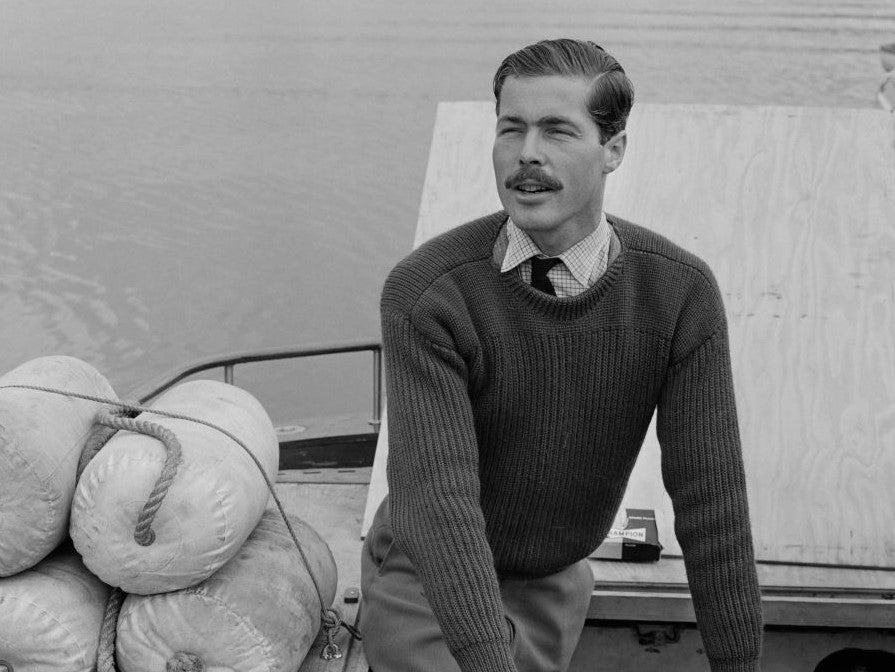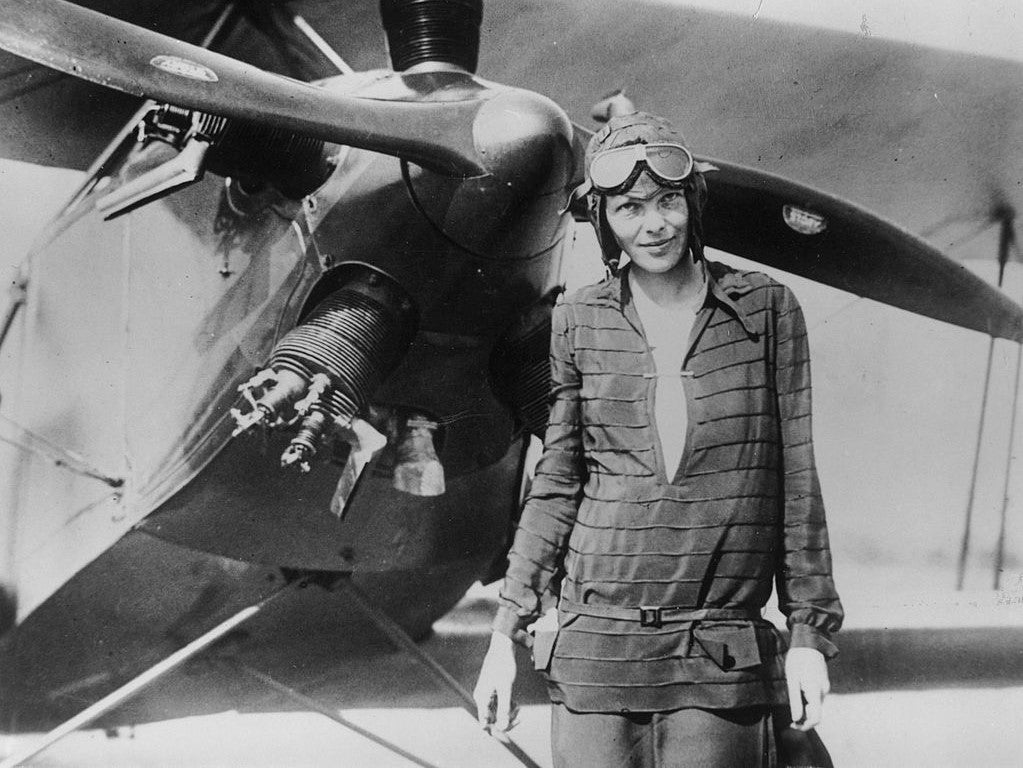
The disappearance of canoe man John Darwin was, said script writer Chris Lang recently, “like a very, very twisted fairy-tale”.
The man behind the much talked-about new ITV drama, The Thief, His Wife and The Canoe, reckons its plot – about Darwin’s now infamous life insurance fraud – would have been considered too bizarre if it hadn’t been true.
“If I had pitched this as an original story, then everyone would have said, ‘Don’t be absurd, what are you thinking about? This could never happen!’” he told The Independent. “And yet they did. That’s the extraordinary thing.”
Certainly, 20 years since the one-time prison officer faked his disappearance in the sea just off Hartlepool, the details still have the capacity to astonish.
Why would such an ordinary couple – Darwin and wife Anne – attempt such an extraordinary crime? How could they possibly bare to tell their sons he was dead while he literally lived secretly in a flat next to the family home? What on earth were they thinking when they posed for that photo in Panama?
And yet…
Darwin’s case is by no means history’s most bizarre disappearance. Here are five others where the mystery of the missing has – far from being solved by a misjudged picture in a Central American condo – only grown down the ages…
1. The Mary Celeste
Even in a field – sea-faring – where going missing was once more or less an occupational hazard, the case of the Mary Celeste still stands out.
The 282-ton brigantine set sail from New York to Genoa on 7 November 1872 with a captain, Benjamin Briggs, his wife, daughter and seven crew. The next time it was seen – on 4 December – it was floating 400 miles off course, in the middle of the Atlantic, with not a sole on board.
What happened to the 10 people remains one of the world’s great unknowns.
Piracy has been ruled out because all cargo remined intact, while the initial theory of mutiny – given at a contemporary hearing in Gibraltar – seems unlikely with no signs of a struggle.
The fact the abandoned ship had taken on water and a lifeboat was missing may hold a more likely explanations, as suggested in the 2007 documentary The True Story of the Mary Celeste. Captain Briggs, the film reckons, probably over-estimated how much water had leaked into the boat during a storm and, fearing it would sink, ordered an evacuation.
There is one slight issue with this theory, however: why did the captain – an experienced master mariner –make no mention of the abandonment in the ship’s otherwise meticulous logbook?
2. Lord Lucan

Since he went missing in 1974, Lord Lucan is said to have been spotted everywhere from gambling in Botswana to drinking his days away in an Indian beach shack. So often did such claims once occur that the creators of Spitting Image started sticking a puppet of him working as a waiter or bar tender in the background of random sketches.
Yet what happened to Lucan – born Richard John Bingham, seventh Earl and third Baron of Lucan – remains an enigma.
After brutally beating the nanny of his three children to death with a piece of lead piping on 7 November 1974 – apparently believing it was his estranged wife – the then 39-year-old drove to Newhaven, abandoned his car and was never (conclusively) seen again.
3. Shergar
It was a little after 8pm on 8 February 1983 when Jim Fitzgerald heard a knock at the door of his home. When he answered it, he found two men wearing balaclavas and wielding machine guns. One of them said. “We have come for Shergar. We want $3 million for him."
Thus began one of the world’s most famous kidnappings – and a disappearance that remains unsolved to this day.
The famed racehorse – for that, of course, is what Shergar was – was taken from his stables in County Kildare in Ireland by eight gunmen.
When it’s majority owner, billionaire Aga Khan, refused to pay their random demands, the thieves made a final call. “The horse has had an accident,” a man told chief negotiator Derek Thompson. “He's dead."
What exactly happened has never been established.
While the orthodox belief is that the IRA kidnapped the beloved champion horse, the group has never acknowledged responsibility, nor has the animal’s body ever been found. One theory suggests it was dumped in a bog in County Leitrim after being machine-gunned; another says it really did have an accident and the body was disposed of by the panicked criminals.
4. Amelia Earhart

As heroes go, they don’t come much more worthy than the American aviation pioneer Amelia Earhart: pilot trailblazer, daredevil explorer and champion – in word and deed – of women’s rights. And also subject of one of the world’s great riddles.
In July 1937, the then 39-year-old was attempting to circumnavigate the globe with co-pilot Fred Noonan in her twin-engine Lockheed Electra plane. Somewhere between New Guinea (now Papua New Guinea) and Howland Island some 2,500 miles away they disappeared.
Radio messaging suggested the pair ran into difficulties and may have crashed into the Pacific Ocean close to their destination yet, despite an unprecedented rescue mission scouring some 250,000 square miles of sea – and millions spent on searches in the decades since – neither their plane nor remains were ever found.
With no hard evidence of death, a raft of theories have filled the vacuum. Did human bones of European extraction found on the remote island of Nikumaroro belong to Earhart? Or might she have been captured by the Japanese while carrying out secret reconnaissance work for the US military?
Almost a century on, her story remains as fascinating – and as elusive – as ever.
5. The colony of Roanoke
In 1587 a small English colony was founded on Roanoke island off what is now North Carolina in the US. It was to be this country’s first permanent base in the New World, sold as a new Eden of unlimited economic opportunities and religious freedoms. In 1890, when its founder John White returned after a period back in London, not a single one of the 100 inhabitants were there. What happened to them is unknown to this day.
No signs of struggle, starvation or plague appeared. A single word ‘CROATOAN’ – the name of a Native American tribe which lived in the region – was carved on a fence post.
White’s theory was the word was a message that the group had moved to live with the tribe after being faced with dwindling resources and pummeling weather. Yet bad weather itself prevented him exploring the idea with his ship forced to set sail back to Europe the next day. A series of other missions to establish the truth all failed to even get across the Atlantic.
By the time a new first colony was established 17 years later – Jamestown, some 150 miles north – those involved were too busy ensuring their own survival to search out what had happened to their predecessors.







